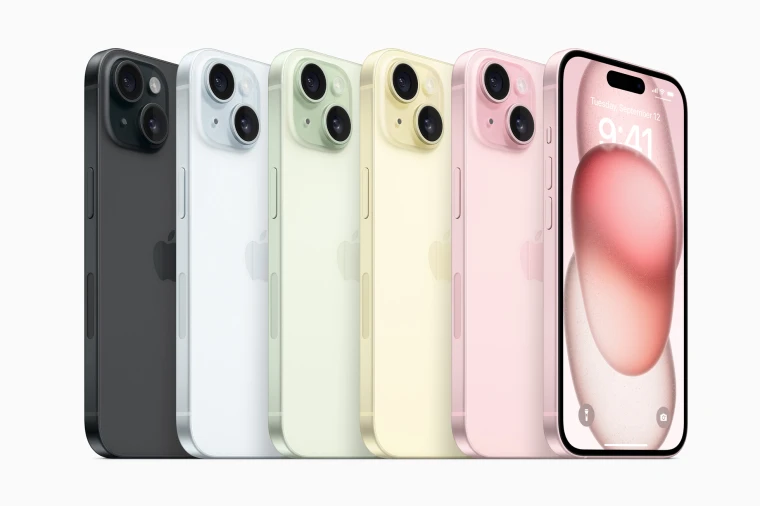The concept of a “Free Government iPhone” program has sparked significant interest and discussion across the United States. With the widespread popularity of iPhones and the notion of government-provided assistance, it’s essential to delve into the specifics and clarify the details surrounding this program.
Myth #1: The Government Gives Free iPhones to Everyone
Fact: Most government-assisted phone programs do not provide free iPhones to everyone. These programs are typically targeted towards specific groups of individuals who meet certain eligibility criteria, such as low-income families, those meeting specific qualifications, or those in particular situations like education or healthcare access.
Myth #2: Free Government Phones Offer Low-Quality Devices
Fact: The quality of phones provided by government programs can vary. Some programs collaborate with reputable phone manufacturers, including iPhone, to provide high-quality devices to participants. However, there are also programs that offer standard or lower-specification phones.
Myth #3: Registration Process Is Easy and Quick
Fact: While the primary goal of free government phone programs is to assist those in need, the registration process often involves several requirements and specific procedures. This might include identity verification, documentation of need, and compliance with specific criteria set by the program or associated agencies.
Conclusion:
Government programs offering free phones can be a valuable source of assistance for those in need. However, accurate information is critical. Understanding the distinction between myths and facts regarding these programs will enable individuals to respond more thoughtfully and make informed decisions. For those interested or in need of further information, seeking details from reputable sources is highly recommended.
Closing Notes:
The “Free Government iPhone” program in the United States is an engaging and crucial topic. Grasping the differences between the general perception and the reality of these programs will help individuals gain a clearer understanding of the initiatives set forth by the government.

